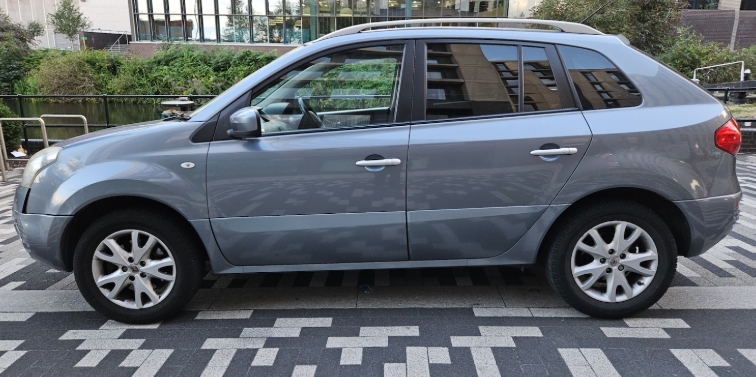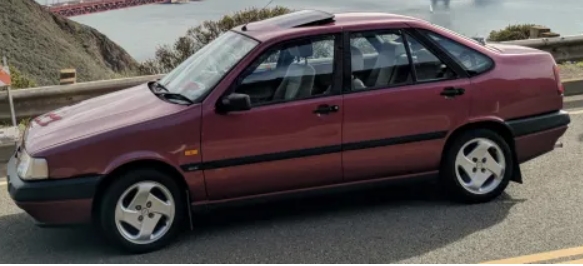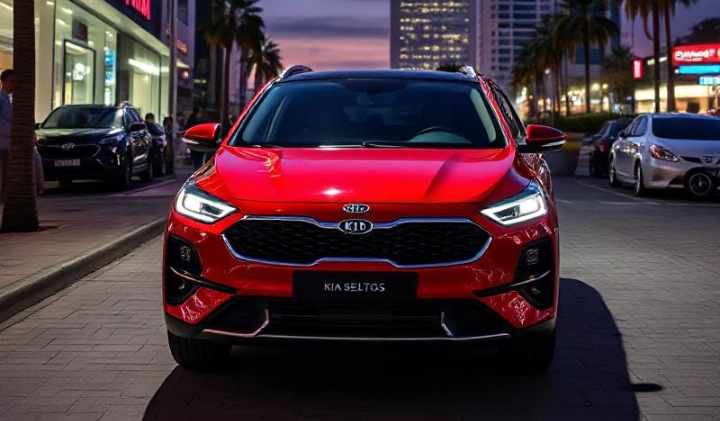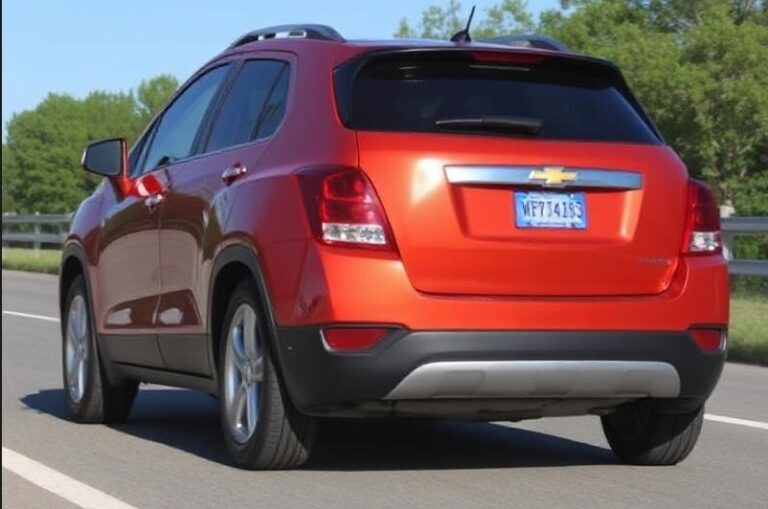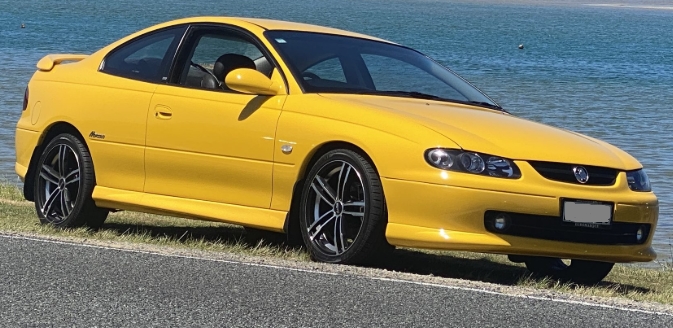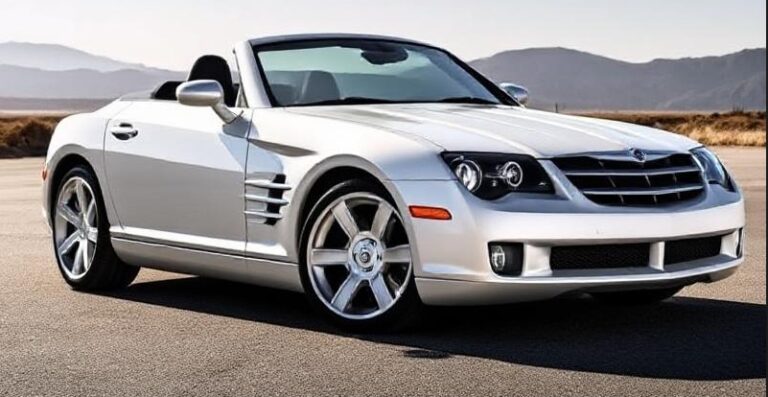The Evolution of the Renault Koleos
The Renault Koleos is a compact crossover SUV produced by the French automaker Renault. Since its introduction, the Koleos has undergone significant transformation, evolving from a niche vehicle into a competitive player in the global SUV market. This article traces the detailed history of the Renault Koleos, including its production years, model variants, and trim levels offered across different generations.
First Generation (2008–2017)
Introduction and Development
The Renault Koleos was first introduced in 2008 at the Paris Motor Show. It was developed in partnership with Nissan, sharing a platform with the Nissan X-Trail (Rogue in some markets). The first-generation Koleos was designed as a compact crossover SUV aimed at providing a combination of SUV versatility with car-like handling.
Market Introduction and Production
Produced from 2008 to 2017, the first-generation Koleos was primarily sold in Europe, Australia, Asia, and select other markets. It was assembled at Renault’s plant in Busan, South Korea, and also produced in other facilities depending on the market.
Model Variants and Trim Levels
In its initial launch, the first-generation Koleos was available in several trim levels, which varied depending on the market and year:
- Initial Launch (2008):
- Expression: Base trim with standard features.
- Dynamique: Mid-range with additional comfort and convenience features.
- Initial Equipment: 2.0-liter diesel or petrol engines, manual transmission, basic interior features.
- Later Variants (Post-2010 Facelift):
- Privilege: Upgraded comfort and technology.
- Initial Equipment: Inclusion of features like cruise control, alloy wheels, and upgraded audio systems.
- Initial Engines: 2.0 dCi diesel, 2.5-liter petrol.
Key Features and Updates
- Facelift in 2011:
- Exterior updates including new front grille and bumpers.
- Interior improvements, including better materials and new infotainment options.
- Introduction of more efficient engines and emissions standards compliance.
- Powertrain Options:
- 2.0-liter dCi diesel with outputs ranging from 150 to 173 hp.
- 2.5-liter petrol engine producing approximately 170 hp.
- Transmission options included 6-speed manual and optional CVT automatic transmissions.
- Available Features:
- Four-wheel drive (4WD) system in higher trims.
- Navigation systems, leather upholstery, and advanced safety features added in higher trims.
Second Generation (2017–Present)
Introduction and Development
The second-generation Renault Koleos was officially unveiled in 2016 as a 2017 model at the Geneva Motor Show. It marked a significant redesign, moving away from the Nissan-based platform to a dedicated Renault architecture, and targeting a more upscale market segment.
Production and Market Availability
Produced from 2017 onward, the new Koleos is assembled at Renault’s plant in Busan, South Korea, and later at other facilities depending on the market. It has been sold globally, including Europe, Asia, Australia, and the Middle East.
Design and Platform
The second-generation Koleos features a more modern, refined exterior design with a focus on comfort, technology, and safety. It rides on the Renault-Nissan CMF (Common Module Family) platform, sharing components with other models like the Nissan X-Trail and Mitsubishi Outlander.
Model Variants and Trim Levels
The second-generation Koleos has offered a range of trims, varying by market. Notable trims include:
- Base/Entry-Level:
- Often called Life or Standard, featuring essential equipment such as air conditioning, basic infotainment, and safety features.
- Mid-Range:
- Zen or Intens (depending on market), adding features like upgraded infotainment systems, alloy wheels, and advanced driver assistance.
- Top-Tier/Luxury:
- Initiale Paris (or equivalent), offering premium features such as leather seats, panoramic sunroof, premium audio, and advanced safety tech.
Powertrain Options
The second-generation Koleos offers several engine choices:
- Petrol Engines:
- 2.0-liter turbocharged petrol with around 150-170 hp.
- Available with CVT or 7-speed dual-clutch automatic transmissions.
- Diesel Engines:
- 2.0-liter twin-turbo diesel (often called dCi 175), producing approximately 173-190 hp.
- 2.0-liter single-turbo diesel variants with around 150 hp.
- Transmission options include 6-speed manual (in some markets) and 6 or 7-speed automatic transmissions.
- All-Wheel Drive and Front-Wheel Drive Options:
- Higher trims typically feature all-wheel drive systems with various driving modes.
- Entry-level models may be front-wheel drive.
Features and Technology
- Infotainment:
- Large touchscreen displays (up to 8.7 inches in higher trims).
- Apple CarPlay and Android Auto compatibility.
- Navigation systems with live traffic updates.
- Safety and Assistance:
- Adaptive cruise control.
- Lane departure warning.
- Blind-spot monitoring.
- Around View Monitor (360-degree cameras).
- Autonomous emergency braking.
- Interior Comfort:
- Leather upholstery available in higher trims.
- Dual-zone climate control.
- Panoramic sunroof (on some trims).
Notable Model Variations and Special Editions
Throughout its production, Renault has launched several special editions and packages for the Koleos, often to enhance features or celebrate milestones:
- Koleos “Initiale Paris”: A luxury-focused trim with premium interior materials, advanced tech, and distinctive styling cues.
- Koleos Black Edition: Featuring black exterior accents, upgraded wheels, and interior enhancements.
- Koleos Alpine Edition: A sporty variant with unique styling and performance tuning (limited markets).
Market-Specific Trims and Variants
The Koleos’s trim levels and features vary by region:
- Europe: Typically offers Life, Zen, and Initiale Paris trims.
- Australia: Includes models such as Zen, Intens, and Initiale Paris.
- Asia: Variations include Standard, Premium, and Luxury trims, often with diesel and petrol options.
Recent Developments and Future Outlook
As of 2023, the Renault Koleos continues to be a key model in Renault’s global SUV lineup. It has benefited from continuous updates—most notably in safety tech, infotainment systems, and design refinement. Renault is also exploring hybrid and electric powertrain options for future iterations, aligning with industry trends toward electrification.
.
THIS might be a great place to get your new car from!
Or for those who are into the “car flipping” business, here’s an excellent resource for you!

.
Summary
The Renault Koleos has evolved significantly since its debut in 2008. Its first generation established the model as a capable, if somewhat niche, crossover based on Nissan technology, with a focus on comfort and practicality. The second-generation, introduced in 2017, repositioned the Koleos as a more refined, upscale SUV with a focus on technology, safety, and style.
Throughout its lifecycle, Renault has offered the Koleos in various trims—ranging from basic to luxury—tailored to regional preferences and market demands. Each generation has incorporated advancements in engine technology, safety features, and interior comfort, reflecting the broader trends in the automotive industry.
The Renault Koleos remains a competitive choice for consumers seeking a stylish, well-equipped compact SUV with a broad range of features and versatility. As automakers shift toward electrification, it is expected that future versions of the Koleos will incorporate hybrid and electric powertrains, ensuring its relevance in the evolving automotive landscape.
